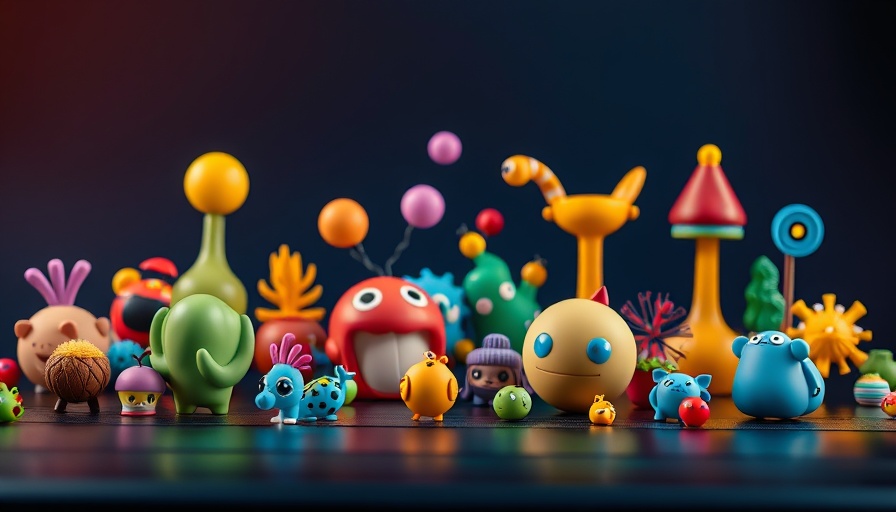
Introducing Copilot 3D: Revolutionizing 3D Creation with AI
Microsoft’s latest innovation, Copilot 3D, is causing waves in the realm of generative AI. Unlike traditional tools that require complex input, this revolutionary platform allows users to create stunning three-dimensional images from just a single 2D image, breaking down barriers for artists, educators, and designers alike.
Unpacking the Features: Simplifying 3D Design
Copilot 3D stands out by removing the need for text or voice prompts for initialization. Instead, users can simply upload a JPG or PNG file, which the AI processes to generate a fully rendered 3D model. Designed for accessibility, Copilot 3D aims to empower those with limited background in 3D design to cultivate their creativity.
Microsoft’s ethos behind Copilot 3D emphasizes simplicity. They have crafted this tool to ensure that anyone—from students experimenting in the classroom to hobbyists working on personal projects—can engage in 3D modeling without the steep learning curve often associated with traditional software.
Applications of Copilot 3D: A Tool for All
The potential applications of Copilot 3D are vast. Microsoft envisions its use in various fields including gaming, animation, 3D printing, virtual and augmented reality (VR/AR), and digital content creation. Each model created through the platform can bring ideas to life, offering users the chance to explore their imagination in three dimensions.
For educators, Copilot 3D can be a robust tool for hands-on learning experiences. It provides a unique opportunity to turn theoretical concepts into tangible projects, engaging students in a new dimension of creativity.
Exploring Limitations: Current Scope and Future Possibilities
As this is an experimental tool, it’s essential to note that Copilot 3D is still in its developmental stages. Microsoft has not yet integrated text prompts, which limits some creative possibilities. However, this current limitation also hints at future enhancements that may include text-based generation options, broadening the tool’s capabilities significantly.
Users must also keep in mind the restrictions on file uploads, as only JPG and PNG formats under 10MB are currently supported. Copilot 3D is accessible to anyone with a Microsoft account globally, providing a welcoming entry point for diverse user demographics.
Getting Started with Copilot 3D: A Step-by-Step Guide
To start utilizing Copilot 3D, users can navigate to Copilot.com from a modern browser, ideally on a desktop for optimal performance. From there, the process is straightforward: upload your image and watch as the AI transforms it into a three-dimensional model, ready for download in GLB format for further usage.
This ease of use, coupled with the ability to save creations online, makes Copilot 3D an exciting new venture for anyone looking to explore the world of 3D design.
The Future of Generative AI: Industry Trends and Predictions
As artificial intelligence continues to advance, tools like Copilot 3D represent a significant shift in how creativity is expressed and facilitated. This growing trend towards accessible AI technologies invites a broader demographic into the world of digital creation.
Experts predict that within the next few years, we may observe a surge in educational institutions adopting AI-driven tools for curriculum enhancement. Moreover, businesses in design, marketing, and entertainment could rely more on such intuitive platforms to create content more effectively.
Emotional and Human Interest Angle: What Copilot 3D Means for Creatives
For many, tools like Copilot 3D signify more than just technology; they represent an opportunity. The possibility for individuals to express their ideas and creativity without the fear of intimidation opens doors, especially for those who may have felt excluded from the technological advancements of previous generations.
As Microsoft continues to develop and refine Copilot 3D, the creative community watches eagerly, hoping for expanded capabilities that will empower even more users to bring their imaginations to life.
In a world where generative AI continues to reshape industries and democratize creativity, tools like Copilot 3D are paving the way for a new era of artistic exploration.
 Add Row
Add Row  Add
Add 




Write A Comment